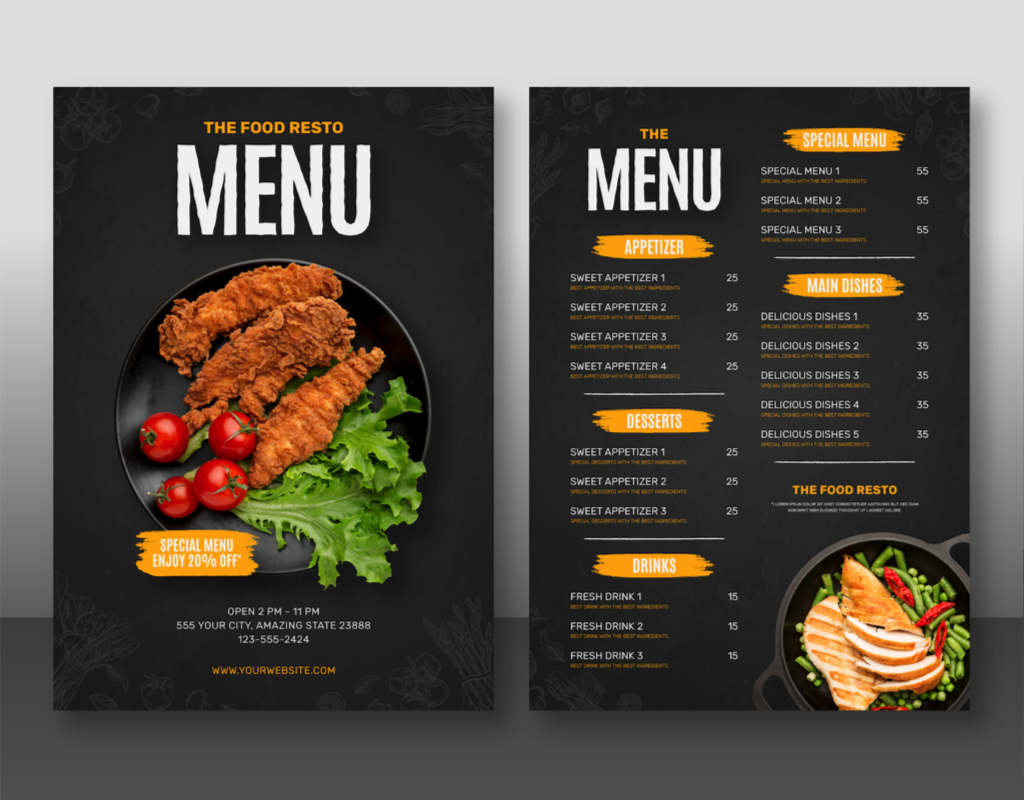
In the dynamic landscape of digital design and advanced manufacturing, DXF (Drawing Exchange Format) files have solidified their role as an indispensable resource for professionals, hobbyists and entrepreneurs. Introduced by Autodesk in 1982 to ensure seamless data interoperability between AutoCAD and other software platforms, the DXF format has evolved into a universal vector file standard. Its open architecture, precision, and compatibility with computer-aided design (CAD) and computer numerical control (CNC) systems make it a cornerstone for turning conceptual designs into tangible products. This article provides an in-depth exploration of DXF files, highlighting their technical strengths, practical applications, and transformative potential for personal creativity and commercial ventures.










